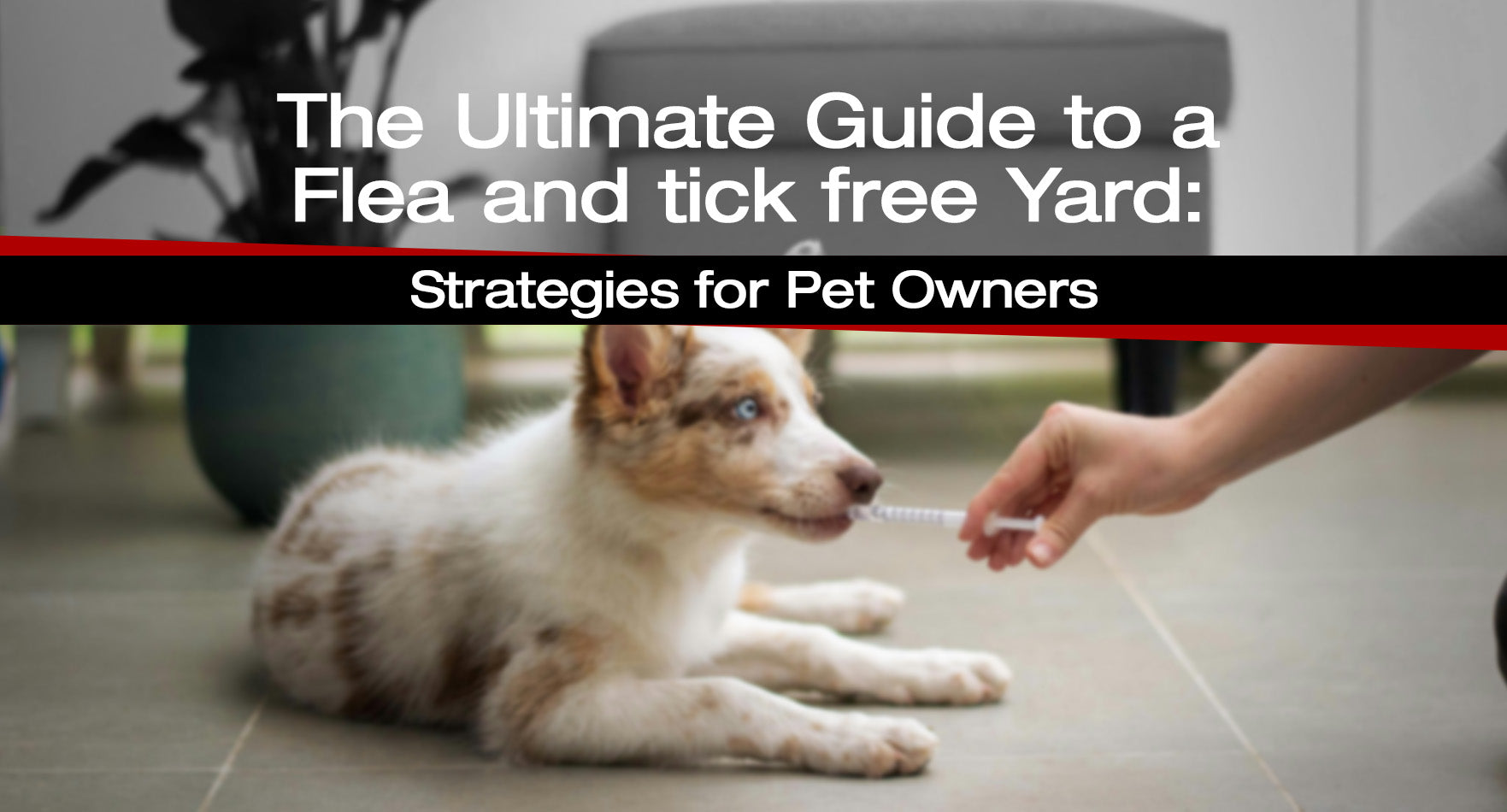As pet owners, our furry friends' health and happiness are paramount, especially when it comes to protecting them from the dangers lurking in our own backyards. Fleas and ticks are not just a nuisance; they pose serious health risks to both pets and humans. Fortunately, with the right strategies, you can create a safe outdoor space for your family and pets. Here's your ultimate guide to a flea- and tick-free yard.
Know Your Enemy: The Life Cycle of Fleas and Ticks

Image by: CDC
Understanding the life cycle of these pests is the first step in effective control. Both fleas and ticks undergo four life stages: egg, larva, pupa, and adult. This cycle makes them hardy and difficult to eradicate once they've established a presence in your yard.
-
Fleas thrive in warm, humid environments and can lay up to 50 eggs a day. They prefer to live on your pet but will not hesitate to make themselves at home in your yard, laying eggs in the grass, dirt, or on outdoor furniture.
-
Ticks wait in tall grass and shrubs, attaching themselves to hosts that pass by. They're not only a direct threat to pets but also to humans, as they can carry diseases like Lyme disease.
Barrier Methods: Creating a Safe Perimeter Around Your Home

To keep these pests at bay, consider creating barriers that deter fleas and ticks from entering your yard:
- Trim Vegetation: Keep your lawn mowed and bushes trimmed. Ticks are less likely to survive in short vegetation.
- Fence Your Yard: This can help keep out wildlife that may carry ticks and fleas, such as deer and raccoons.
- Use Mulch: Cedar mulch is a natural repellent for fleas and ticks. Place it around the perimeter of your yard to deter them from crossing over.
Next-Level Pest Control: Innovative Approaches for Your Yard
While maintaining your yard can reduce the presence of fleas and ticks, sometimes it's not enough. Here's where innovative pest control methods come into play:
- Beneficial Nematodes: These microscopic worms are natural predators of flea and tick larvae. Applying them to your yard can significantly reduce the population of these pests.
- Diatomaceous Earth: A natural powder that causes dehydration in fleas and ticks upon contact. It can be spread around the yard, especially in areas where pets like to spend time.
The Role of Technology in Modern Pest Management
Advancements in pest control technology offer new ways to protect your yard. While this guide focuses on holistic approaches, it's worth mentioning that there are powerful tools available for those dealing with severe infestations. Devices like mosquito foggers, though traditionally used for mosquitoes, can also be effective in applying pet-safe pesticides across your yard, offering another layer of protection.
A Comprehensive Plan: From Pet Treatments to Yard Solutions
Combining personal pet care with yard maintenance creates the best defense against fleas and ticks:
- Regular Pet Treatments: Use veterinarian-approved flea and tick prevention on your pets year-round.
- Environmental Treatments: Consider non-toxic treatments for your yard that target fleas and ticks without harming your pets, children, or the environment.
- Monitoring: Regularly check your pets for fleas and ticks, especially after they've been outside.
Creating a flea- and tick-free yard requires a multifaceted approach, combining knowledge, prevention, and innovative solutions. By understanding the life cycle of these pests and employing strategic barrier methods, along with the latest in pest control technology, you can protect your pets and family from the dangers of fleas and ticks. Remember, the best defense is a good offense. By taking proactive steps today, you can ensure your outdoor space remains a safe haven for all.










